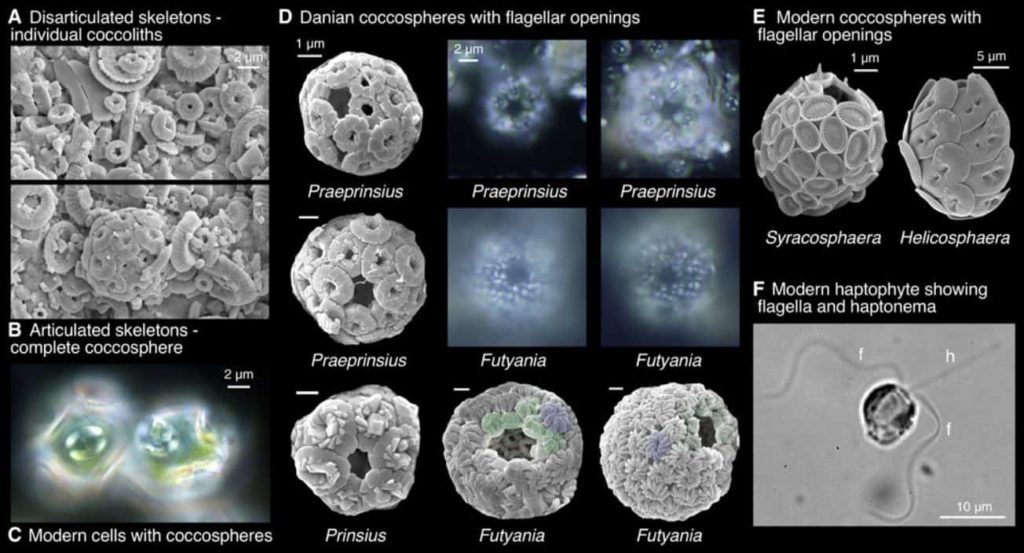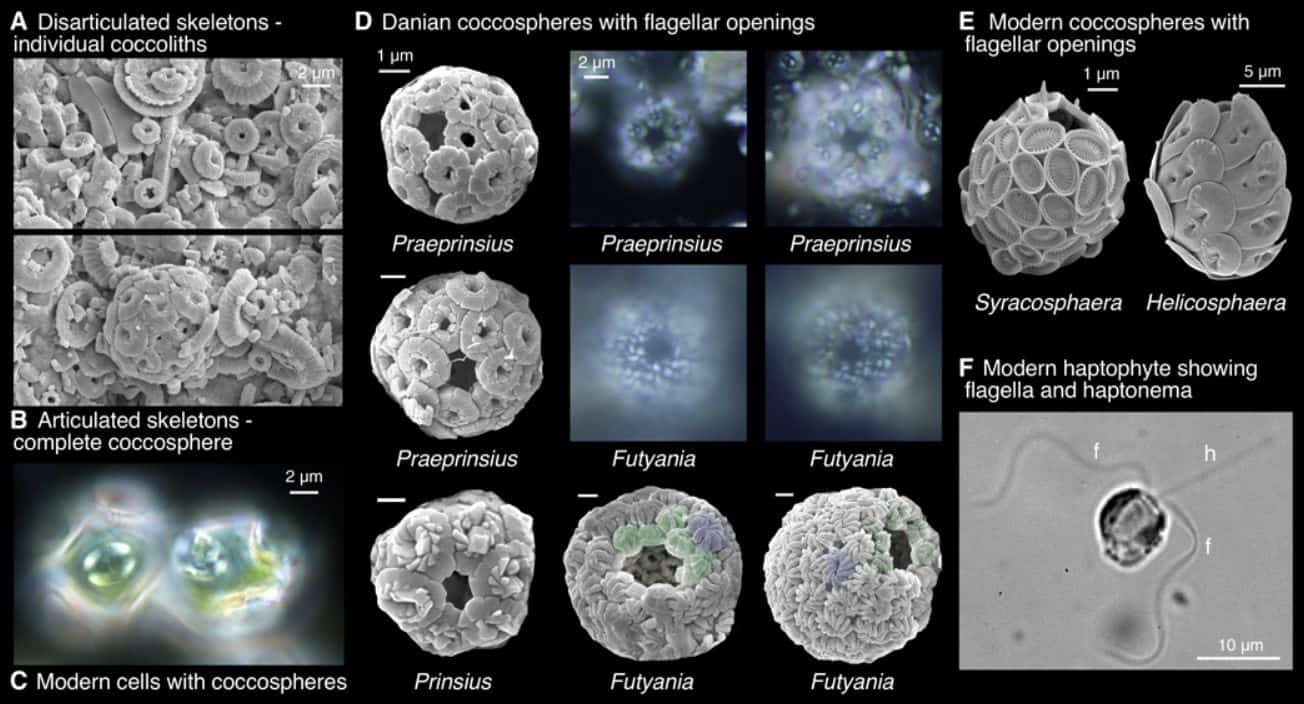After the fall of the asteroid 66 million years ago, some Algae changed their diet, switching to feeding other microorganisms. Thus, they became one of the few species that helped to restore the food chain destroyed by the cataclysm.
The microorganisms living in the ocean were few of the species that survived the fall of the asteroid. And the key to their survival lies in the change of food preferences.
Experts call this phenomenon surprising, because the fall of the asteroid, which is linked to the disappearance of all non-bird dinosaurs, caused a huge amount of ash and soot to be released into the atmosphere, which affected the amount of light, the climate and changed the composition of the oceans.
A team of scientists, including researchers from the University of California, wanted to understand how these Algae survived while the rest of the species died in the disaster. To answer questions, the team examined well-preserved fossils of surviving algae and created detailed computer models to identify the likely evolution eating habits of algae.
Researchers were lucky enough to find nannofossil. They were found in rapidly accumulating and highly clayey sediments, which helped to keep them in good shape.

Through eco-evolutionary modeling, it became clear that the algae were able to survive by hunting. This is evidenced by images taken with a high-resolution electron microscope.
Modern descendants of ancient microorganisms also have chloroplasts, which allows them to obtain the necessary energy from sunlight. The ability to survive by feeding on photosynthesis and other organisms is called Mixotrophy.
According to scientists, after the sun’s rays were able to illuminate the Earth’s surface again, these amazing organisms were able to spread from the coastal shelves into deep seas, where over the next million years were able to revive the food chain.
